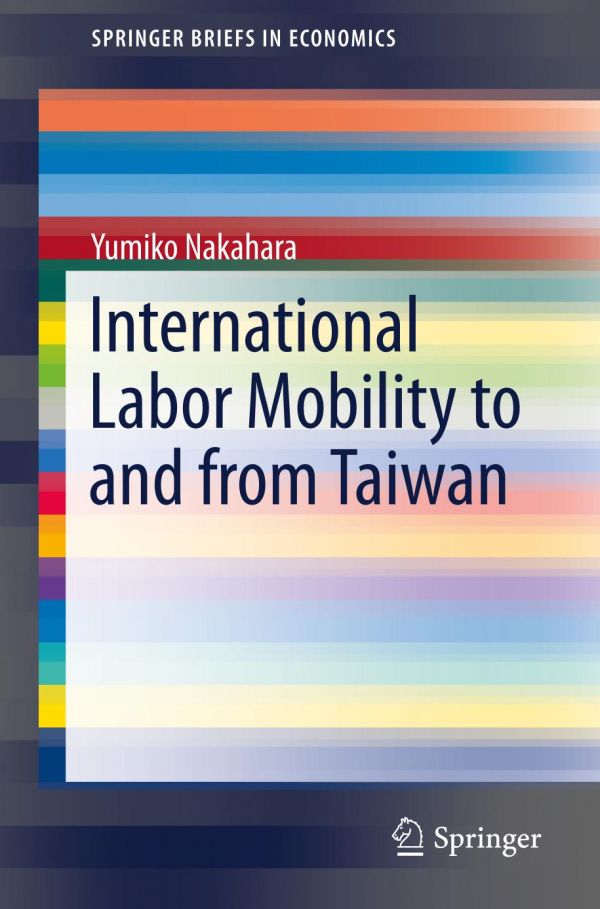

Most ebook files are in PDF format, so you can easily read them using various software such as Foxit Reader or directly on the Google Chrome browser.
Some ebook files are released by publishers in other formats such as .awz, .mobi, .epub, .fb2, etc. You may need to install specific software to read these formats on mobile/PC, such as Calibre.
Please read the tutorial at this link: https://ebookbell.com/faq
We offer FREE conversion to the popular formats you request; however, this may take some time. Therefore, right after payment, please email us, and we will try to provide the service as quickly as possible.
For some exceptional file formats or broken links (if any), please refrain from opening any disputes. Instead, email us first, and we will try to assist within a maximum of 6 hours.
EbookBell Team

0.0
0 reviewsThis book is the first to cover the research of whole aspects of international mobility to and from Taiwan of both skilled and unskilled workers. The migration of skilled workers is a field that has not been well researched, although it is becoming very important for the economic growth of newly developing countries.
The “brain circulation” through which workers who return to their home country bring back technology and the business style of a developed country contributed greatly to Taiwan in the 1980s and1990s. However, according to the author’s research, there is a little expectation that returnees now will contribute as in the past, as the proportion of students leaving Taiwan to study abroad is decreasing. Taiwanese companies therefore are seeking skilled human resources from developed countries in other ways.
The author also found that some Taiwanese have been to China, Singapore or Japan in response to companies and universities’ recruiting by offering high monetary compensation.
This book clarifies those aspects of international skilled labor mobility to and from Taiwan and also analyzes the various issues regarding unskilled foreign laborers in Taiwan. There has been a gradual increase in unskilled foreign laborers, working both in industry and in domestic care in Taiwan. This book elucidates the various controversial issues arising from the increased presence of foreign laborers—for instance, the costs of employing foreign laborers, or problems related to the foreign workforce.